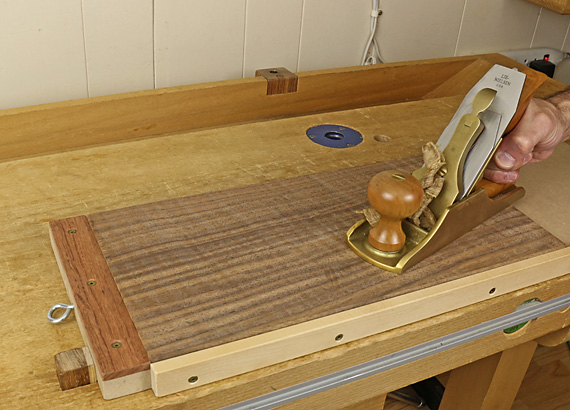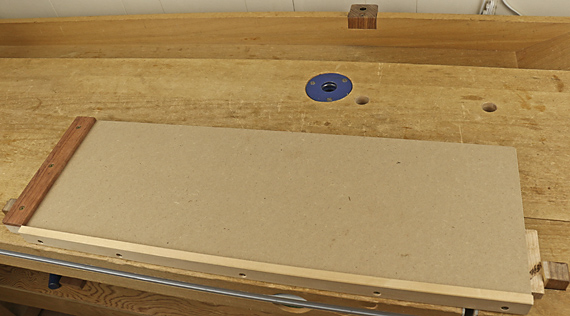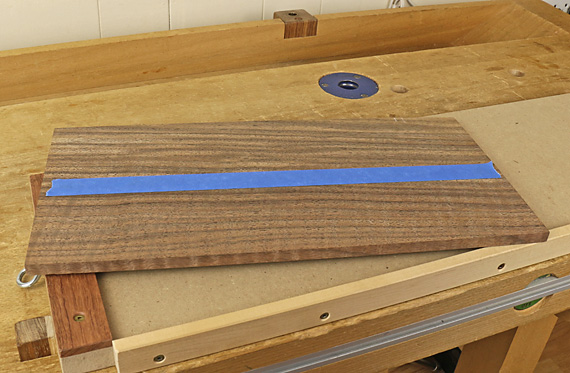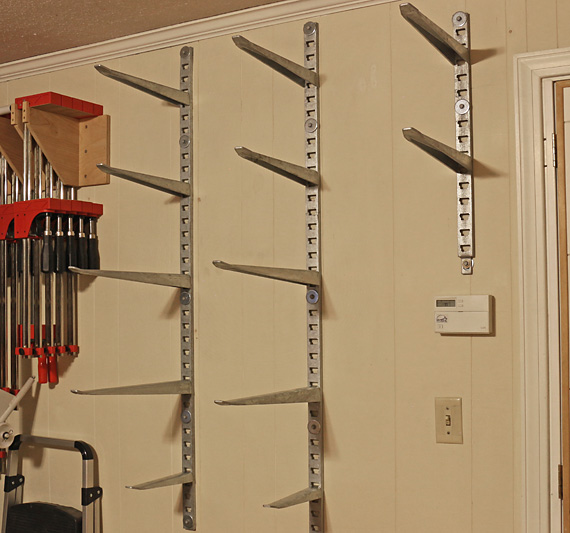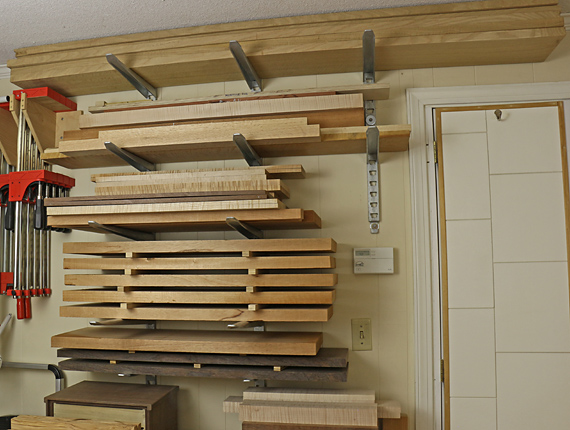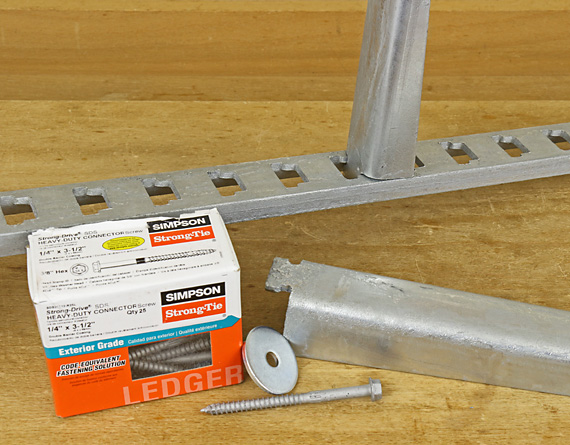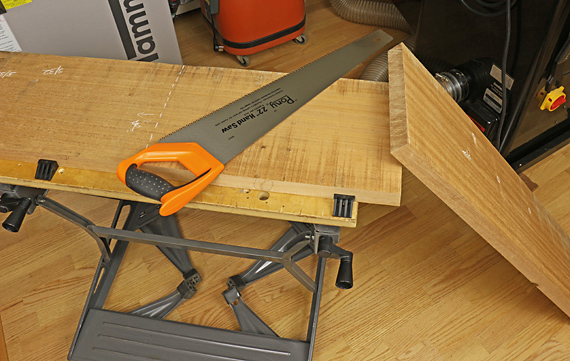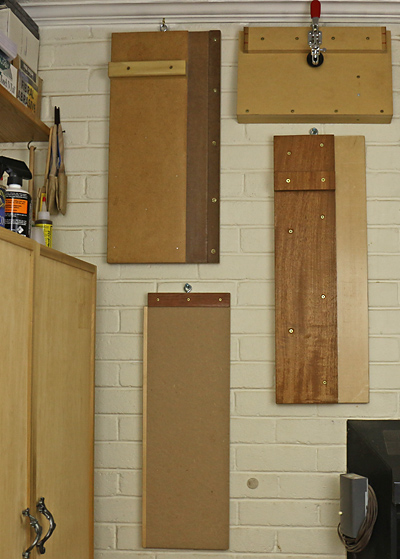
The previous post reminds me to catalog the Wall of Boards in my shop, as this may be a helpful reference for readers.
The most essential is the shooting board on the lower right. I cannot imagine working without at least a basic shooting board. Of course, it is used for long grain as well as end grain shooting. Go to this post for a few tips on shooting.
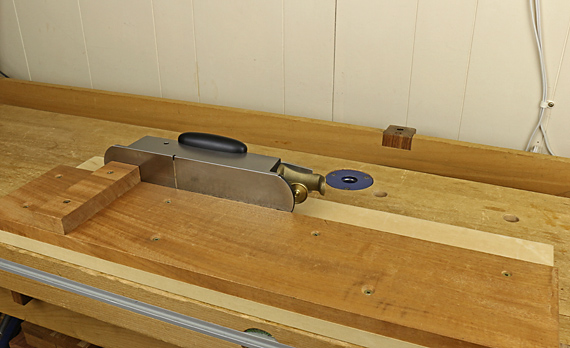
On the upper left is the least essential of the boards, but still quiet handy, the sanding shooting board, used with the Veritas Shooting Sander. It can save the day for small parts, thin pieces, and cantankerous wood.
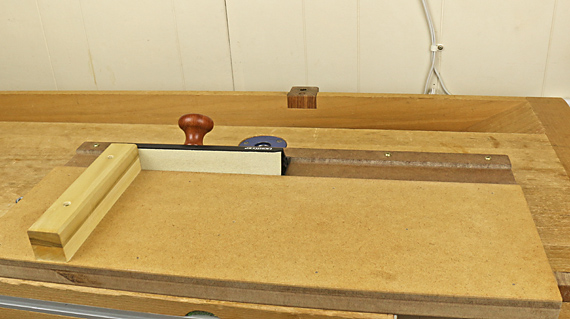
Speaking of shooting boards, Tico Vogt’s Super Chute remains a staple in my shop. (It is stored on another wall.) I attached two cleats, shown in the second photo below, that allow it to be clamped in the tail vise of my workbench. This keeps the Super Chute super steady and allows me to put my weight behind the plane when needed.
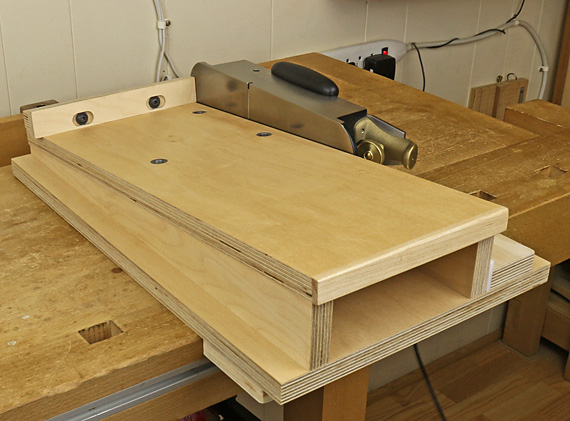
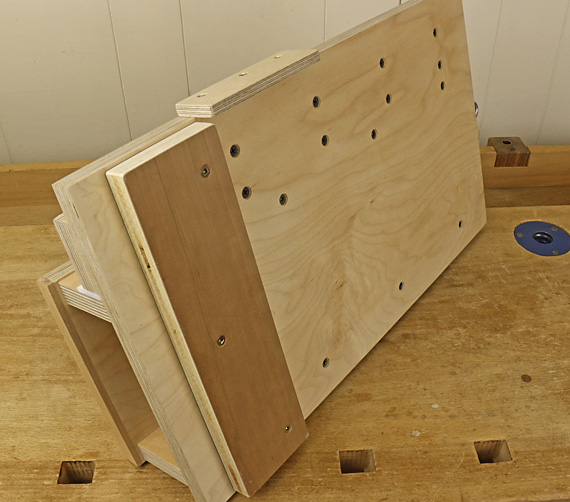
By the way, the incline does matter. The skew reduces resistance in the cut, despite the assertions of some, and this is especially helpful when working endgrain. The ramp also results in wider distribution of wear on the blade edge, saving some trips to the sharpening bench.
The jig for trimming tenon shoulders is on the upper right, and the planing stop board is on the lower left.
For those in the early stages of learning woodworking (and we’re all in some stage of learning), using jigs such as these will be an empowering step up in your work.

